Indian culture & civilization have undergone reformation & revitalization many times throughout the history of mankind. The Bhakti Movement was the outcome of rigidity in religion and the objects of worship. The Bhakti Movement Saints and teachers belonged to various backgrounds, but mainly from the lower castes. They strongly preach the need for tolerance among humans and religions.
It became popular just because this movement challenged the caste system and the superiority of Brahmanas. The Bhakti movements of the 14th -16th century represented one such phase of revitalization and reformation of Indian Culture. This movement was laid by the saints like Kabir, Guru Nanak, Ravidas, Dadu Dayal, and Guru Ramdas. The ideas of the Bhakti movement left a lasting movement on Indian society and culture.
Nayanars and Alvars
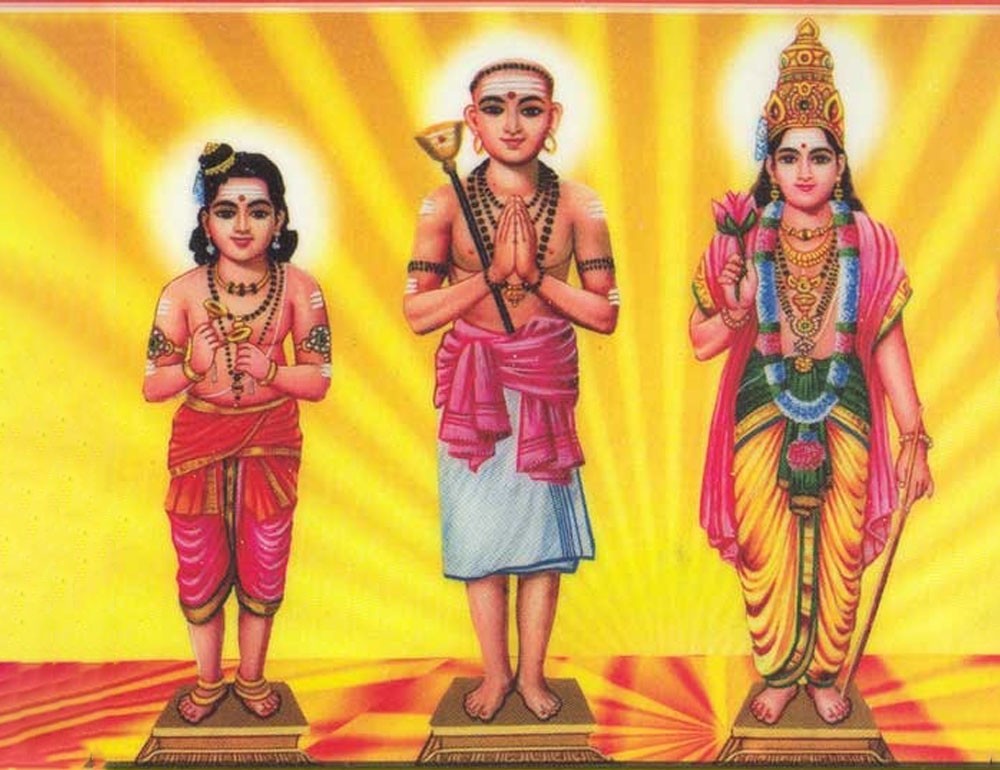
The bhakti cult originated in the form of a movement in the Tamil country sometime in the sixth century. It began as a reaction against the growing influence of Buddhism and Jainism. This movement spread in south India for about three centuries and was popularised by Saiva saints called nayanars and Vaishnava saints called alvars.
These saints preached personal devotion to God as a means of salvation. They disregarded the rigidities of the caste system and carried their message of love and personal devotion to God throughout south India by using the local languages. Although there were many points of contact between South and North India, the spread of the ideas of bhakti from south to north took quite a long time.
Shankaracharya has been considered as the founding father of the bhakti movement and the savior of modern Hinduism. Though he laid stress on Gyan, the true knowledge as a means of attaining salvation, it was not practicable for an average man. Thus, the succeeding preachers of the Vedanta philosophy substituted it with the bhakti marga.
Factors behind the Rising of the Bhakti Movement
Complexities of the Religion: The primary cause was the degeneration of Hindu religious and social structure. Due to the efforts of Shankaracharya, the supremacy of the Brahmanic faith was restored. This implied the predominance of the priestly class among the Brahmins over the entire religio-social organization of the Hindus.
With time, the once simple and straightforward Vedic religion became a complex religion with orthodox beliefs, complex rituals, and superstitions chiefly because of the negligence and selfishness of the Brahmin priests. They deliberately distorted or misinterpreted the old religious scriptures with a view to fleece the devotees.
The advent of the Muslim Rule: Another major cause of the spread of the bhakti movement was the establishment of Muslim rule over India. Islam posed a great danger to the ancient Indian socio-cultural traditions. Faced with the Islamic challenge, some of the religious-minded leaders belonging to all castes and sections of the society realized the need to bring about radical reforms in the socio-religious structure of the Hindus.
They were apprehensive that the Islamic concept of one God, repudiation if idol worship, and equality of all the coreligionists would attract the oppressed and downtrodden Hindu masses. Thus, one of the important aims of the bhakti reformers was to prevent the conversion of Hindus, especially from the lower castes to Islam.
The rigidity of the Caste System: The rigidity of the caste system, the atrocities committed by the higher castes on the lower-castes and the conversion of the low caste Hindus to Islam gave an impetus to the bhakti movement.
Influence of Sufism: According to certain well-known scholars, the bhakti movement was largely an outcome of the Muslim impact on Indian society. However, this observation is not fully correct. Indeed, some of the principles adopted by the bhakti saints, such as the belief in the unity of God, universal brotherhood, opposition to idol worship, etc. were the basic doctrines of Islam.
But the bhakti saints did not borrow them from Islam. These sublime principles were ingrained in ancient Indian scriptures. The Ekantika Dharma, the religion revolving around a single God is referred to in the Bhagavad-Gita. During the Vedic period, religion was very simple and caste distinctions did not exist. According to the historian R.G. Bhandarkar, the bhakti movement drew its inspiration from the teachings of Bhagavad-Gita.
Saguna and Nirguna Schools
A large number of the bhakti saints belonged to the traditional Saguna School, which believed that God has many forms and attributes, that he manifests himself in incarnations, and that his spirit is to be found in idols and worshipped at home and in temples. Others belonged to the Nirguna School, which believed in a God without form or attributes.
Essential features of the Bhakti Movement
The Bhakti Movement was liberal and progressive. Bhakti saints fought against rigidity prevailing in the society. Their object to create a liberal socio-cultural religious system so that every section of the population could live together without any exploitation.
Bhakti saints were inspired by the vision of a better & better future. They were forward-looking. Bhakti Movement was non-violent in nature. They used a peaceful method to propagate ideas among the masses. The doctrine of peaceful co-existence was dominant among Bhakti saints from the 14th-16th century.
Toleration was the most important message propagated by Bhakti saints. Bhakti Movement was indigenous in its origin. It was a continuation of the tradition of Bhakti going on in India for ages. Bhakti Movement is based on the idea of humanism. This philosophy believed that every human being is good by nature & progress of mankind in the ultimate objective of various institutions & practice.
The main object of the Bhakti Movement was the uplift of the vast majority of the Indian population from chinches of suffering at hands of upper cast & Brahmanical ideas. The Bhakti Movement was Pan India in its spread. Guru Nanak propagated ideas of Bhakti in Punjab; Kabir-Ravidas & Dhanna etc were active in Uttar Pradesh & Bihar region. Mirabai promoted the idea of Bhakti in Rajasthan. Lal Ded was a prominent Bhakti saint in J & K, Chaitanya Mahaprabhu – Bengal, Odissa Shankar Dev – Assam. Guru Namdev, Eknath, Tukaram, Guru Ramdas, Dyandev propagate the idea of Bhakti in Deccan.
Emphasize rationality, the logical reason was an important feature of the Bhakti Movement. Superstition was strongly opposed. Bhakti Movement was anti-ritualism & anti-priestly class. It was believed, an indirect relationship between god & devotee. The Bhakti Movement was a mass movement. The saints had a large following. They worked among people.
The use of vernacular language was another important feature of the Bhakti Movement. Local languages were used by bhakti saints so that messages could easily be absorbed by the masses. Belief in the oneness of God was also an important idea of the Bhakti Movement. Politics was rejected (multiplicity of God). Emphasized that God is one & different names were given in different religions.
Bhakti Movement was reformative in character. Bhakti saint didn’t challenge the entire socio-economic system. They were not against the system as such. They raised voice against prevailing evils so that the suffering of mankind was eliminated.
Bhakti Movement was essentially an ethical-moral movement. The fundamental purpose of ideas put forward by Bhakti saints was to strengthen the ethical-moral foundation of Indian society so that prevailing degeneration could be reversed.
The Bhakti Saints
There were numerous saints and spiritual leaders during the medieval era. Here we are going to discuss few of those prominent Bhakti Movement Era saints and spiritual preachers.
Ramanuja
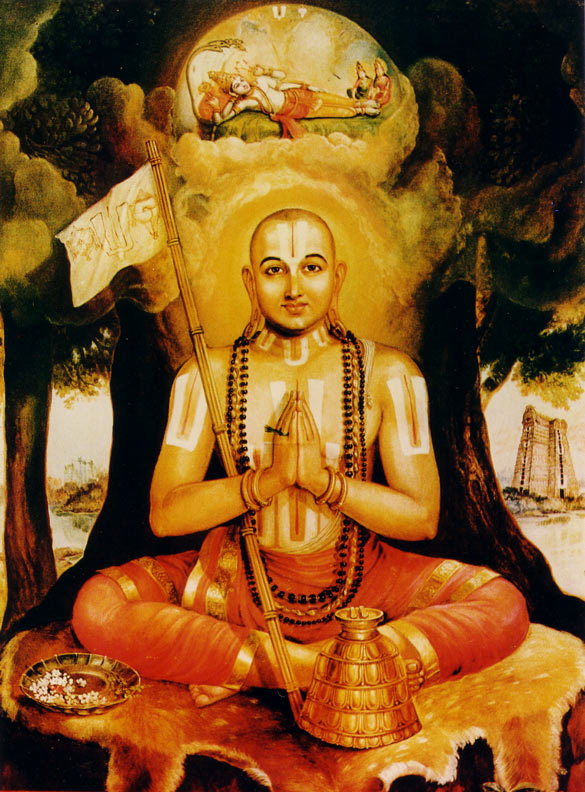
The earliest exponent of the bhakti movement was Ramanuja (1017-1137) who hailed from modern Andhra Pradesh. He was a great Vaishnava teacher. He popularised the cult of devotion to a personal God and emphasized that salvation can be achieved through the bhakti marga alone.
He redefined the Vedanta philosophy by laying greater stress on devotional worship to a personal God who constituted the supreme reality. Ramanuja traveled widely to popularise his teachings and wrote several books and treatises on the bhakti cult. His famous works are Vedanta Sanghmaha, and the commentaries on Brahmasutras and the Bhagavad-Gita
Nimbaraka
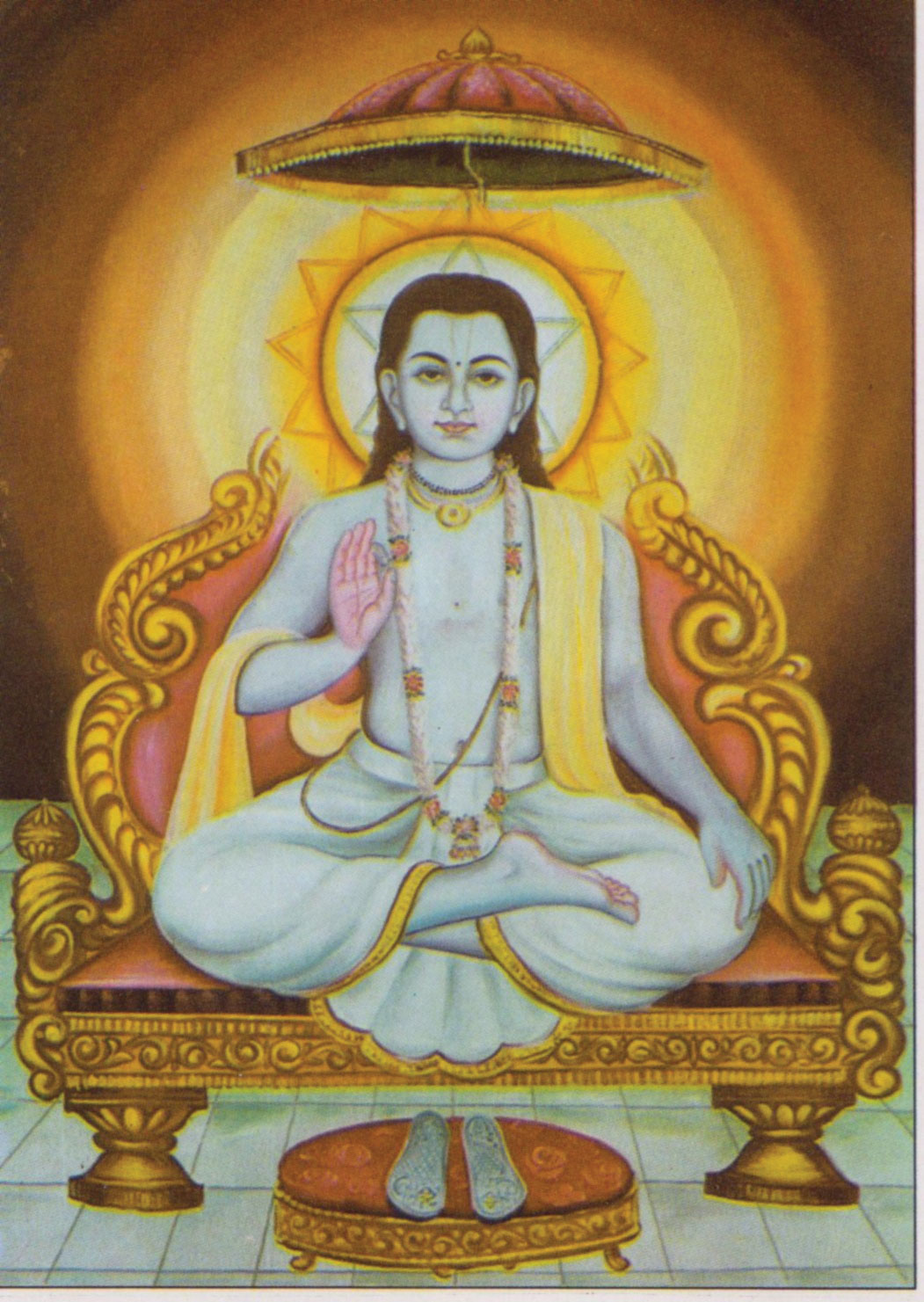
Nimbaraka, a young contemporary of Ramanuja from the south established his ashram near Mathura and preached to the common people in the Gangetic valley about the dedication to God, personified by Krishna and Radha.
Vallabhacharya

Vallabhacharya was another prominent Vaishnava saint from the south. He advocated a system of pure non-dualism. He glorified the intense love of Radha and Krishna. Vallabhacharya advocated a universal religion that did not believe in distinctions of caste, creed, sex, or nationality. He insisted on the complete identity of both soul and world with the supreme spirit. Vallabhacharya’s philosophy was known as shuddhadvaita or pure nondualism.
Madhvacharya
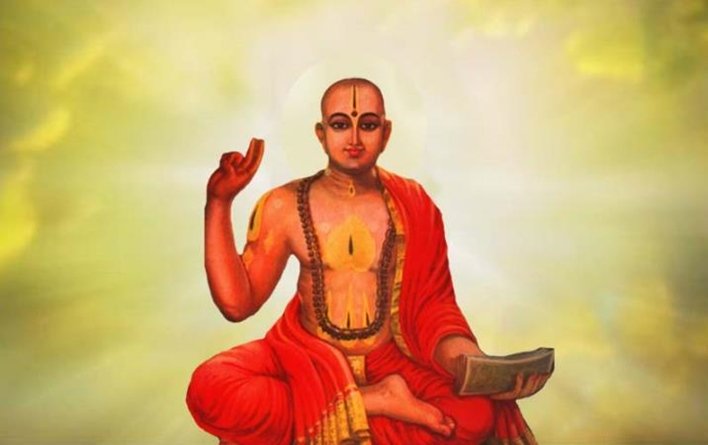
Madhvacharya, a Vaishnava saint from the south wrote as many as thirty-seven works on Vaishnavism. His works mostly deal with the bhakti cult based on the concept of dualism (dvaita) as distinct from the monistic philosophy of Shankaracharya
Ramananda

Ramananda, a disciple of Raghavananda, who belonged to Ramanuja’s sect, spread the bhakti movement in the north. Ramananda was born at Prayag about the end of the fourteenth century. He was educated at Prayag and Benaras and visited the various 51 Bhakti-Sufi Movement religious places in northern India. He also came in contact with learned scholars of all faiths including Muslims. He advocated the worship of Rama and Sita in place of Vishnu.
He believed in the Vishistadvaita philosophy of Ramanuja. He preached through Hindi, the language of the common people in the Gangetic valley. He ignored the traditional barriers of caste and creed. His disciples included members of the higher castes as well as lower castes. They were Ravidas (a cobbler by caste), Kabir (Weaver), Sena (Barber), and Sadhna (butcher).
Kabir
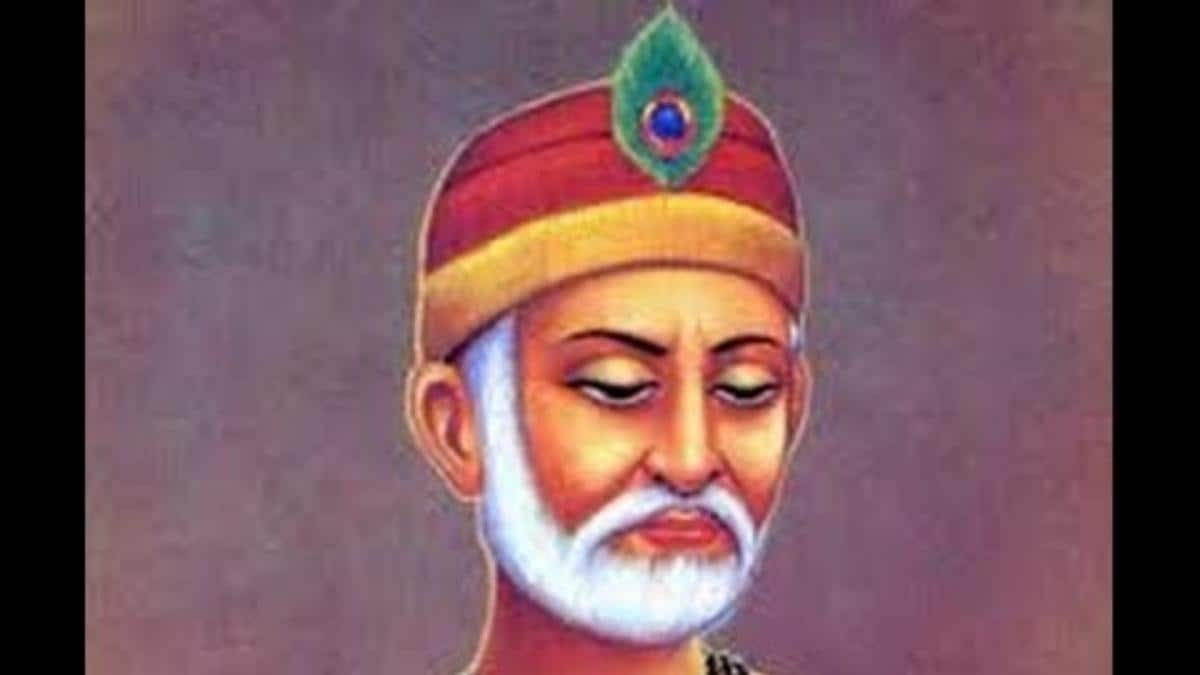
Of all the disciples of Ramananda, Kabir was the most outstanding and popular. It is said that he was the son of a Brahmin widow and was brought up by a Muslim weaver at Varanasi. He spent much of his time in the company of ascetics, saints, and Muslim Sufis. He stood for Hindu-Muslim unity and declared “Allah and Rama were the names of the same God.” He lived the life of a householder, earning his living by weaving. Ramananda initiated him into the bhakti cult.
Kabir denounced the Brahmins and the mullahs alike to be the sole custodians of their religious order and criticized them for their orthodox and exploitative attitude. Kabir refused to accept the sanctity of the Vedas as well as the Quran. He believed in the Hindu doctrines of karma and rebirth.
He emphasized complete self-surrender to God and devotional worship for the attainment of salvation. He vehemently attacked fasts and ablutions, visit tombs and pilgrimages, and performance of other rituals and ceremonies. He denounced the caste system and idol worship.
His songs known as dohas are noted for their literary excellence, besides carrying a great spiritual and moral message to the world. Kabir laid stress on religious toleration and promoted brotherhood among the Hindus and Muslims.
He raised his voice against the evil customs of sati and child marriage. Kabir’s teachings were in perfect harmony with the social and religious needs of the time. Kabir left a large number of followers who formed a sect known as Kabir Panthis. His teachings are compiled in Bijak.
Ravidas
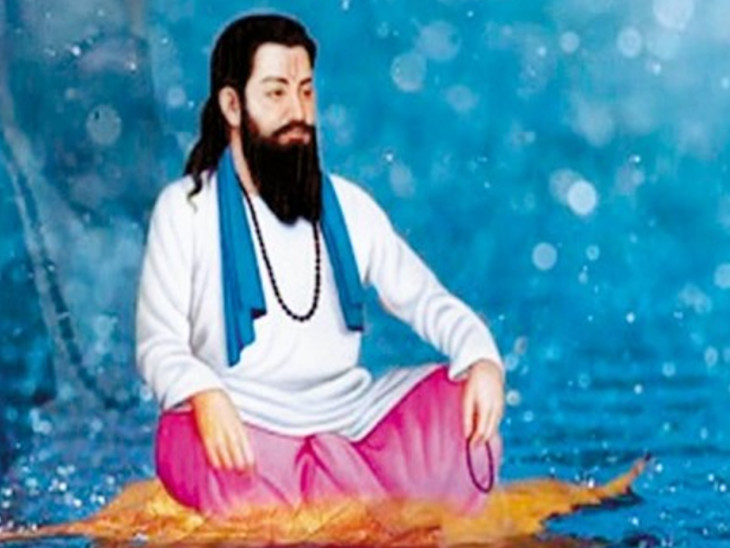
Ravidas, a contemporary of Kabir and fellow-disciple of Ramananda, was a cobbler of Varanasi. He was also a householder like Kabir. Ravidas as Kabir belonged to the Nirguna School of mysticism. His fame spread far and wide. Rani Jhali of Chittor became one of his disciples. He also composed songs brimming with love and devotion. However, unlike Kabir, he never chastised other’s beliefs. Some of his songs are included in the Guru Granth Sahib, the sacred text of the Sikhs.
Guru Nanak

Guru Nanak, the founder of Sikhism, was a mystic of the Nirguna School. His followers branched off from Hinduism and founded a separate religious system. He was born in a Chart family at Talwandi in west Punjab. He was of a contemplative nature and spent most of his time in the company of saints.
Though married at the age of eighteen, Nanak renounced the world and became a faqir at the age of thirty. He traveled throughout the country and is even said to have visited Central Asia and Arabia. Like Kabir, Nanak also decried the caste system, ritualism, the supremacy of the Brahmins, and the mullahs.
He was opposed to idol worship, pilgrimages, fasts, etc. He, however, believed in the doctrine of karma and the transmigration of the soul. He had both Hindu and Muslim disciples. His teachings are included in the Adi Granth compiled by the fifth Guru, Arjun Das.
Chaitanya Mahaprabhu
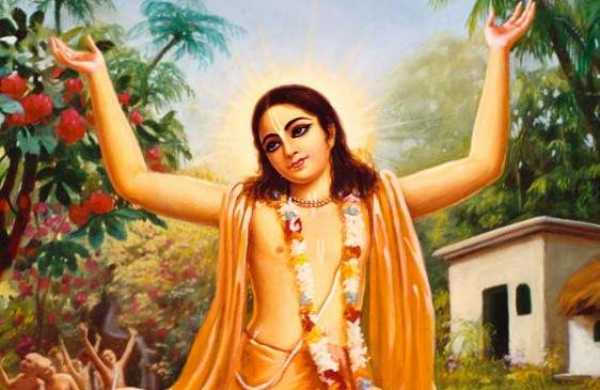
The greatest saint of the bhakti movement was Chaitanya, who was born in a learned Brahmin family of Nadia in Bengal in 1485. He showed great promise as a student and mastered all branches of Sanskrit learning. He became an ascetic at the age of twenty-five 53 Bhakti-Sufi Movement and adopted the Krishna cult.
He traveled over most parts of the country, both in the north and in the south. He stayed at Mathura and Vrindavan for many years and attracted lakhs of devotees. Chaitanya’s religion was of love, of human love intensified and sublimated into the divine and its central doctrine knew God through bhakti or devotion.
Like other Bhakti saints, Chaitanya also denounced all rituals and caste distinctions. Most of his disciples came from the lower classes and even Muslims. Chaitanya was greatly responsible for popularising Vaishnavism in Bengal. His influence on the people was so great that some of his devotees considered him to be the incarnation of Vishnu himself.
Impact of Bhakti Movement
The Bhakti & Sufi saints propagated several positive ideas viz. humanism tolerance, peaceful co-existence equality, nationality, logical reason among the masses. These ideas helped in modification socially among lower castes & untouchability. Though these evils continued their intensity got reduced.
The Bhakti Movement & Sufi Movement contributed in a big way to strengthening the ethical & moral foundation of Indian socio-cultural life. The process of degeneration was going on India could be stopped for time being though it could not be reversed effectively. The Bhakti & Sufi saints contributed to vernacular language.
Various local languages such as Kashmiri, Punjabi, Brij Bhasha, Avadhi, Rajasthani, Gujarat, Bengali, and Assami were used by Bhakti saints. The Urdu language was used by Sufis. This movement contributed to the emergence of new literature. Kabir composed Sukhis, Sudras wrote Sur Sagar; Tulsidas was the author of Ramcharitmanas, Vingyapatrika, Kavitavali, Dasbodh was written by Ramdas.
Kashf ul Mahjoob was written by Shaik Ali Hussain. It is one of the most important sources of the Sultanate period. The Bhakti & Sufi saints also contributed to the progress of music. Chisti saints use music as part of their religious activities. Bhakti saints Kabir, Mirabai, Chaitanya Mahaprabhu used to sing their composition. Kiran was a style of vocal music that was invented by Chaitanya.
Ankiya Natt & Sathriya dance was created by Guru Shankar Dev. Efforts made by Bhakti & Sufi saints helped in reducing impact Sati, child marriage & attitude of purity & population. Liberal & progressive environment created by writing & speeches of Bhakti & Sufi saints affected policies & rulers like Mohammad Bin Tughlaq & Akbar. Their liberal thinking was the outcome of this environment to large extent.

